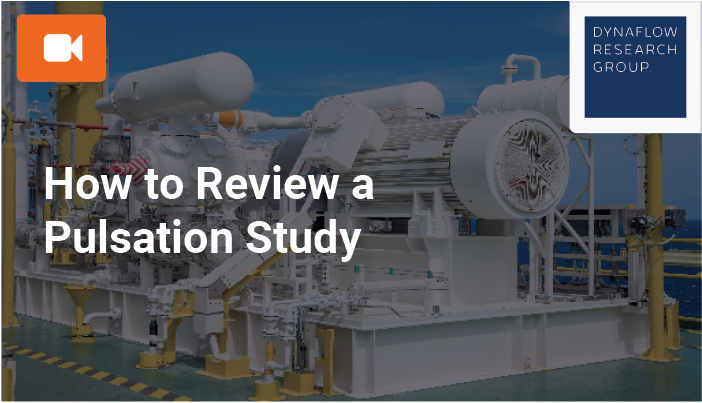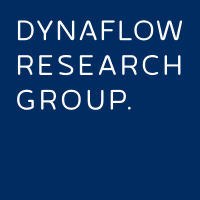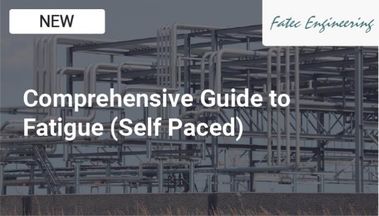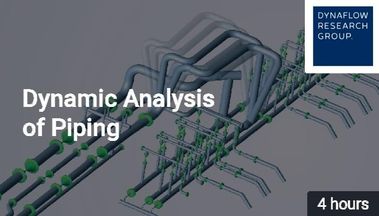How to Review a Pulsation Study
Self-Paced Course
4 modules
Wijnand Schoemakers, MSc
SPC132
Format:
On-demand
€180 For Teams
Get a 20% discount on all courses for you and your team.
Free Course Preview
Help yourself with your purchasing decision. Watch free content now.
Course Objective
"To explain what the non-specialist reviewer or project lead should focus on when reviewing a pulsation analysis study."
Learn from home
100% online training
Video Lectures by Experts
watch multiple times
Start immediately
1-year unlimited access
PDH Hours qualified course
Read more here
About the course
Self-paced
4 modules
1hr 45mins
English
Limited seats
SPC132
Pulsation studies can result in quite elaborate and complex reports with large output data sets. To the non-specialist it may feel like you are being confronted with difficult recommendations to which you should adhere, yet it is unclear how these were concluded based on the large "black box of data" which is submitted by a pulsation specialist. You may therefore think that you need to be a subject matter expert to review pulsation reports. Whilst this is partly true, there are significant parts of these studies that you can review for yourself, even if you are not an expert.
In this course, it is shown which steps a non-specialist can undertaken in reviewing a pulsation analysis. It is shown which topics should be present in a pulsation report and how they relate to the conclusions and recommendations. How to evaluate the robustness of the results in the pulsation study is explained, and to illustrate how to validate these, the BOSview software suite is used. The topics in this course include how to review the chapters in the pulsation analysis report about pumps and compressors, dampers, piping geometry, pulsation levels and mechanical vibrations.
Important note: This course does not cover pulsations and vibrations fundamentals or details of how to conduct the different design analyses per API618/API674.
This course contains 4 online modules based on video content and demonstrations in BOSview. An example model is explained for each subject that is discussed.
You receive 1-year unlimited access to the course. This allows you to perform modules again, should you need to refresh your knowledge for your work projects.
Questions? Contact us
hello@engineeringtrainer.com
+31 (0)85 058 0051
Monday - Friday, 9am - 6pm CEST

Meet your instructor
Program & Details
Welcome to the course
Your instructors
How to use this course
Personal Certificate requirements
Scope
Why is a Pulsation study important?
Pump/Compressor
Example of reviewing a compressor
Damper
Example of reviewing a pulsation suppression device
Piping geometry
Example of reviewing piping geometry
Pulsations
Example of reviewing pulsation results
Fatigue failures
Understanding mechanical vibrations
Example of reviewing mechanical vibration results
Pulsation aspects
Mechanical vibration aspects
Results
Congratulations
Course evaluation survey
Your Personal Certificate
Rate this course
Related resources & follow up
Results
After this course, you...
are able to perform a concise review of a pulsation study to verify that the study meets the minimum quality levels.
understand the important aspects of a pulsation report.
- know how to utilize BOSview to review pulsation study results.
- can identify potential issues that should be reviewed by an expert.
- can ensure that the documentation of a pulsation analysis is complete, enabling an in-depth review when required.
Who should attend this course
Pulsation and vibration engineers who want to know how BOSview can be used as supplementation to standard documentation.
Non-specialists who have received pulsation and vibration study results from a third party.
Project managers involved with the acquisition of pumps and compressors.
Prerequisites: Affinity with industrial plants. Knowing how and why pulsation studies are performed is an advantage, but definitely not a must.
Level: Intermediate
Access to the course.
After your purchase is confirmed it will be activated to your account on the EngineeringTrainer learning portal. Here you will find the course in your dashboard and you will be guided step-by-step through the different course modules. You receive 1-year unlimited access to the course. This allows you to perform modules again should you need to refresh knowledge for your work projects.
Course videos.
The course is mainly based on video content: video lectures and video software demonstrations. Videos can be viewed as many times as desired. The video lectures help you to grasp the important technical concepts and in the video demonstrations the instructor uses the software and discusses all the steps and actions. You are recommended to follow the steps of the instructor in the software to optimize your learning curve.
This course is self-paced and is not subject to specific dates. The course contains 4 modules with a total of 1:45 hours of content which can be performed at your own pace. A Personal Certificate will be provided to participants if they finish the course within the first month after purchase. This incentive will motivate you to perform the course quickly thereby improving your learning curve.
You receive 1-year unlimited access to all modules. This allows you to perform modules again when you need to refresh knowledge for your work projects.
Participants of this course receive a personal digital certificate if they meet the following requirements:
complete each module of the course,
filling in the Course Evaluation Survey.
Example Certificate:
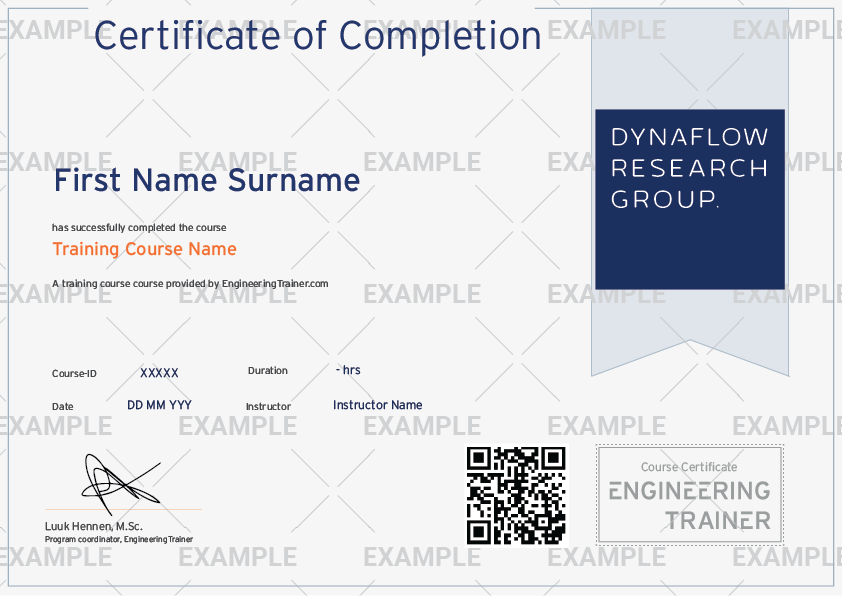
FAQ
Video lectures
Video demonstrations
The majority of training material are videos. These are not available for download, but can be accessed directly with your account on the portal.
You receive 1-year unlimited access to the course. This allows you to watch content again if this is beneficial for your work projects.
No, it is not possible to ask questions to the instructor. It is possible to submit comments and ideas for new topics and modules.
Participants receive 1-year unlimited access to the course including new videos that are added during this year. Participants receive an email notification upon addition of new course videos.
No software is required for participants of this course.
If your computer and internet connection is able to play videos online (YouTube) you will be able to follow the course. Note that almost all browsers are supported, except for Internet Explorer.
Yes, this course qualifies for PDH hours as per the NCEES CPC Guidelines.
Related Courses
Program & Details
Course Welcome
-
Welcome to the course
-
Your instructor
-
How to use this course
-
Personal Certificate requirements
Module 1: Valve Fundamentals
-
The purpose of using and actuated valve
-
Describing the application
-
Actuated on/off valves
-
Control valves
-
Self-actuating regulators
Module 2: Operation and Maintenance
-
Criticality
-
Lifecycle conditions
-
Maintainability
-
Maintenance strategies
-
Operational safely
-
Leak detection and repair
-
Failure Modes
Module 3: Overview of Valve Styles
-
The 2 fundamental construction types
-
Rotary motion valves
-
Linear motion valves
-
Variations
Module 4: Requistioning
-
Data/requisition sheet
-
Common aspects
-
Ingress protection
-
Electromagnetic compatibility
-
Hazardous areas
-
Type acceptance training
-
Inspection and test plan (ITP)
-
CE marking
Module 5: Actuated Valve Manufacturing
-
QA/ QC
-
Inspection and testing
-
Documentation
-
Painting
-
Acceptance testing
Final Notes
-
Congratulations
-
Course evaluation survey
-
Your Personal Certificate
-
Welcome to the course
-
Your instructor
-
How to use this course
-
Personal Certificate requirements
-
The purpose of using and actuated valve
-
Describing the application
-
Actuated on/off valves
-
Control valves
-
Self-actuating regulators
-
Criticality
-
Lifecycle conditions
-
Maintainability
-
Maintenance strategies
-
Operational safely
-
Leak detection and repair
-
Failure Modes
-
The 2 fundamental construction types
-
Rotary motion valves
-
Linear motion valves
-
Variations
-
Data/requisition sheet
-
Common aspects
-
Ingress protection
-
Electromagnetic compatibility
-
Hazardous areas
-
Type acceptance training
-
Inspection and test plan (ITP)
-
CE marking
-
QA/ QC
-
Inspection and testing
-
Documentation
-
Painting
-
Acceptance testing
-
Congratulations
-
Course evaluation survey
-
Your Personal Certificate
